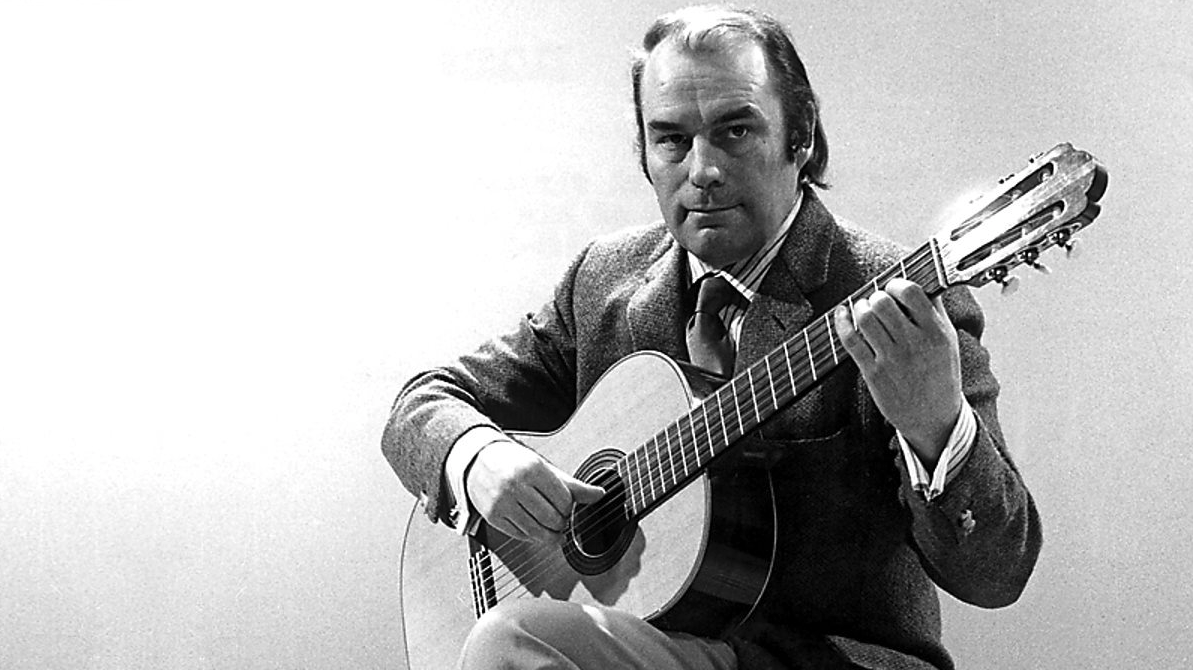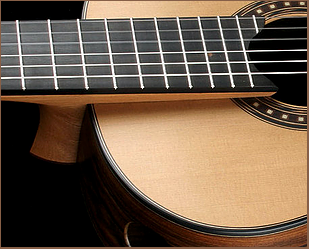Classical Guitar Virtuoso Profile: Julian Bream
No one can dispute the dedication & artistry of Julian Bream. I saw him in concert in 1988 but it wasn't until many years later that I realised how much of a legend he actually was.
Introduction
Julian Bream is without a doubt my favourite classical guitarist. I was privileged enough to see the living legend perform in my first year of guitar lessons in 1988. From memory I think most of his repertoire at the time was very modern and featured 'All in Twilight' by Toru Takemitsu. The downside of the recital was that I had only just started learning classical guitar and I couldn't appreciate the virtuosity and the grandeur of the musicianship that was on display. Honestly I didn't even really know who Julian Bream was. I do clearly recall my guitar teacher telling me later that Julian Bream also organised and marketed his own concerts around the world. That is something that I find truly staggering.
Why Do I Like Julian Bream?
I like Julian Bream for three main reasons:
- His uncanny ability to find the important melodic lines or rhythms within a piece
- His astonishing use of tonal colours
- His unique and utterly idiomatic & unique interpretations
Many critics have lauded Julian's ability to capture the very essence of the pieces that he plays. It would seem that most of us share their opinions. If you read any of the comments in the numerous YouTube videos of Julian performing you will see that it is his sensitivity and deep understanding of music that people have grown to love and admire. It doesn't matter if it's a 400 year old Renaissance lute piece or a modern work by William Walton or Benjamin Britten - Bream will always find a way to make it musical and accessible to an audience. His ability to capture the soul and beauty of a piece is unparalleled.
When I was at University I would often pull out a vinyl recording of Bream playing the famous 'Concierto de Aranjuez'. It was so inspirational for me and it helped to keep me plugging away when I was studying. I always marvelled (and still do) at his timbral variations.
Conclusion
Unfortunately Bream stopped giving recitals in 2002 after more than 50 years of performing around the world. Thankfully his numerous recordings are still available for us to enjoy and love. If you have time I would strongly suggest heading across to YouTube to watch these two wonderful documentaries:
- My Life In Music. An enchanting 2 hour journey through Julian's life from his earliest days as a youth right through to the latter stages of a career spanning several decades.
- Guitarra - The Guitar In Spain. This is a 3 hour documentary about the history of the guitar and the influence that Spanish luthiers & composers have had on the instrument since the days of Torres.
Let your fingers fly!
Modern Classical Guitar Design Part 1: Elevated Fretboard
Elevated fingerboards or Raised fretboards are probably the best classical guitar innovation in recent years for player's comfort. If you're like me and you've struggled to hit those notes beyond the 12th fret and especially past the 15th fret then read this article and then more importantly - go out and buy yourself a guitar with an elevated fretboard!
Introduction
The design of the classical guitar as we know it today was bought into existence by Antonio Torres Jurado around the middle of the 19th century. This design is known as the 'Torres' and for many years it has stood unrivalled as the standard for making classical guitars. Other designs such as post-Torres and Hauser have also had an impact on classical guitar design. Their designs had traditional fretboards that run parallel to the soundboard and only provided several millimetres of clearance above the soundboard. In recent times some luthiers have begun to incorporate a bold and innovative classical guitar design aimed at making it easier for guitar players to play beyond the 12th fret of the guitar.
The Elevated Fretboard
Recently some guitar makers have moved towards a 'raised' or 'elevated' fretboard. In this instance the fretboard's distance from the soundboard is increased. This has several advantages:
- It provides easier access beyond the 12th fret
- Increased mass provides superior sustain
- The distance from the strings to the soundboard is increased providing an advantage for the right-hand
Makers that use elevated fretboard construction in their guitars include:
I had the wonderful opportunity to play a 1995 Mathias Dammann guitar when I was living in Hong Kong in 2016. The guitar featured a double top and it also had a raised fretboard. I made a video of me playing the guitar in the store. You can watch it here. I can say without hesitation that an elevated guitar fretboard is definitely the way to go. I can see no disadvantages whatsoever from having this style fretboard. There is no visual impact when viewed from the front - it is only when viewed from the side that you can see the elevation.
I play a Takamine TH5C with a cutaway at the moment so there is no requirement for a raised fretboard but when I purchase a new concert classical I'll definitely make sure that it has an elevated fretboard. I'd be a fool not to...
Check out my other articles in the
'Modern Classical Guitar Design Series':
Part 8: Fanned Frets
Part 7: Arched back
Part 6: Double Tops
Part 5: Lattice Bracing
Part 4: Armrest
Part 2: Indented Cutaway
Part 1: Elevated Fingerboard






